Tin prices peak, tightness expected to remain long term
Global tin markets are said to be showing signs of moderating after remaining tight for most of the summer.
Tin prices peak, tightness expected to remain long term Read More »
Global tin markets are said to be showing signs of moderating after remaining tight for most of the summer.
Tin prices peak, tightness expected to remain long term Read More »
Demand for batteries and alloys keeps market tight
Cobalt Supply Chain Responds to Ethical and Environmental Issues Read More »
New production and futures trading mark a new era in the key battery metal
Lithium Roars Back from 3-Year Slump Read More »
Strong demand for stainless steel underpins growth for nickel as all eyes are on the nascent potential for electric vehicle batteries.
Nickel and the EV battery material revolution Read More »
Click on any of the metal symbols to discover what the LME provides for the EV and battery industries

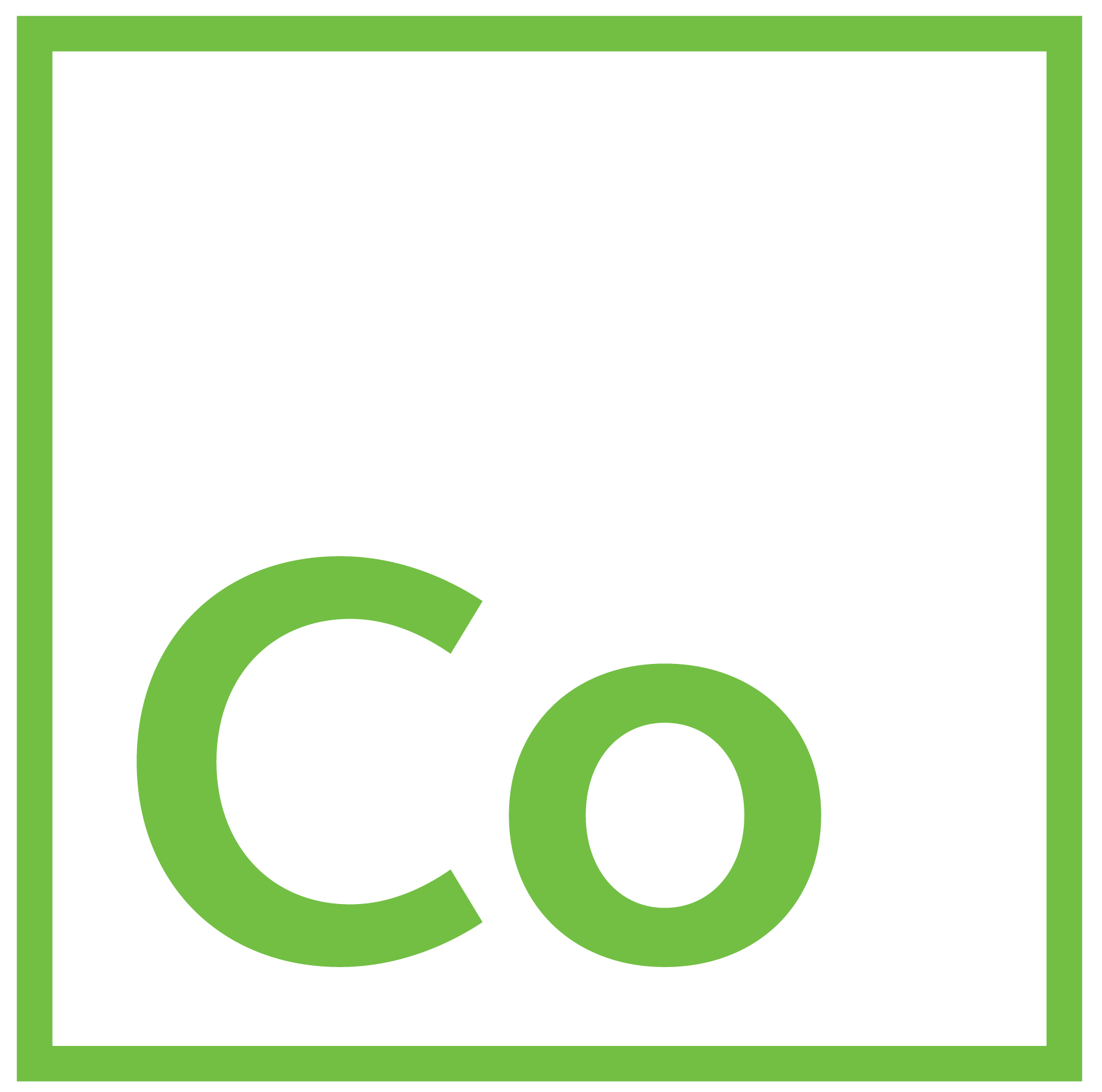
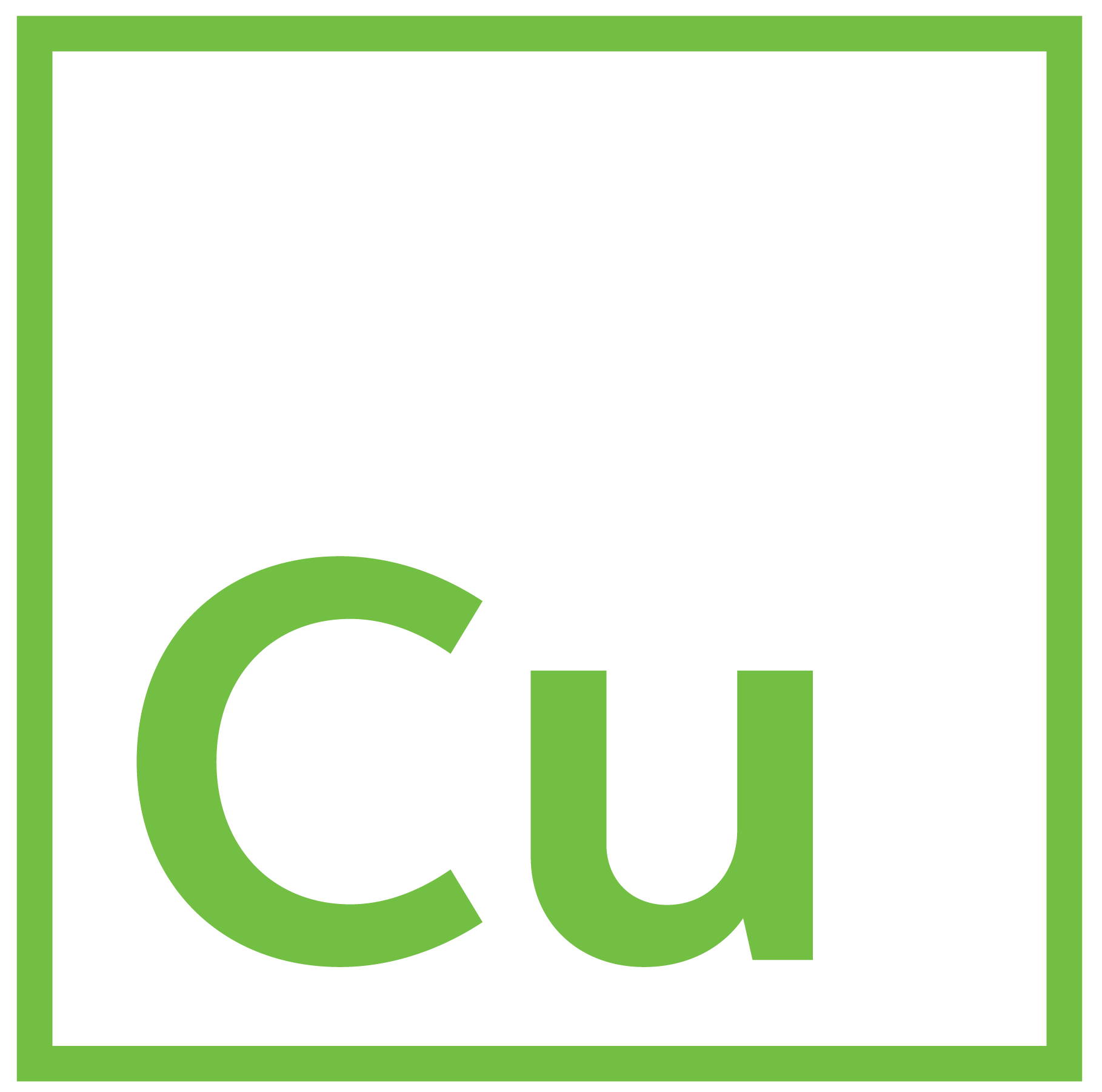
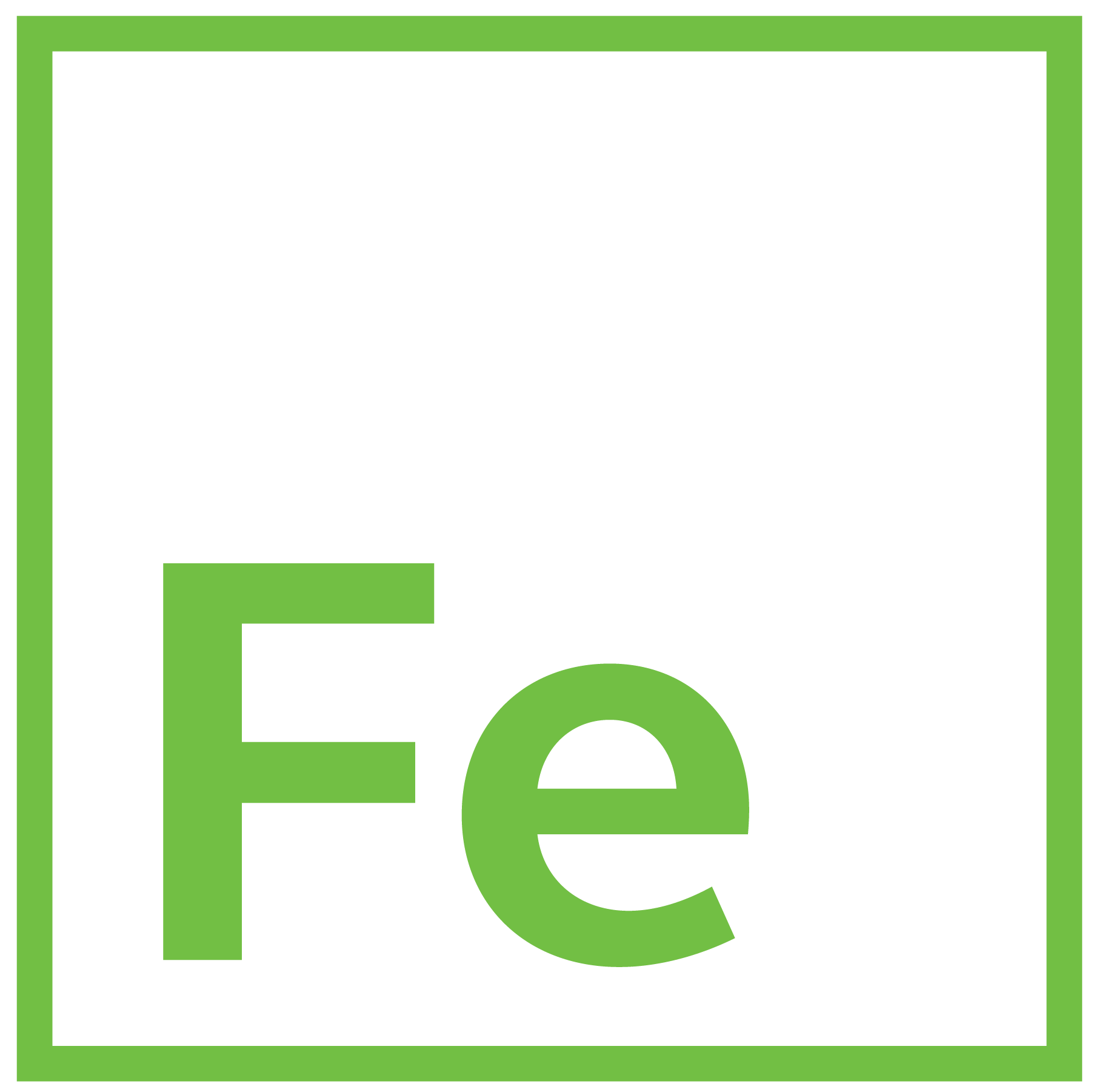

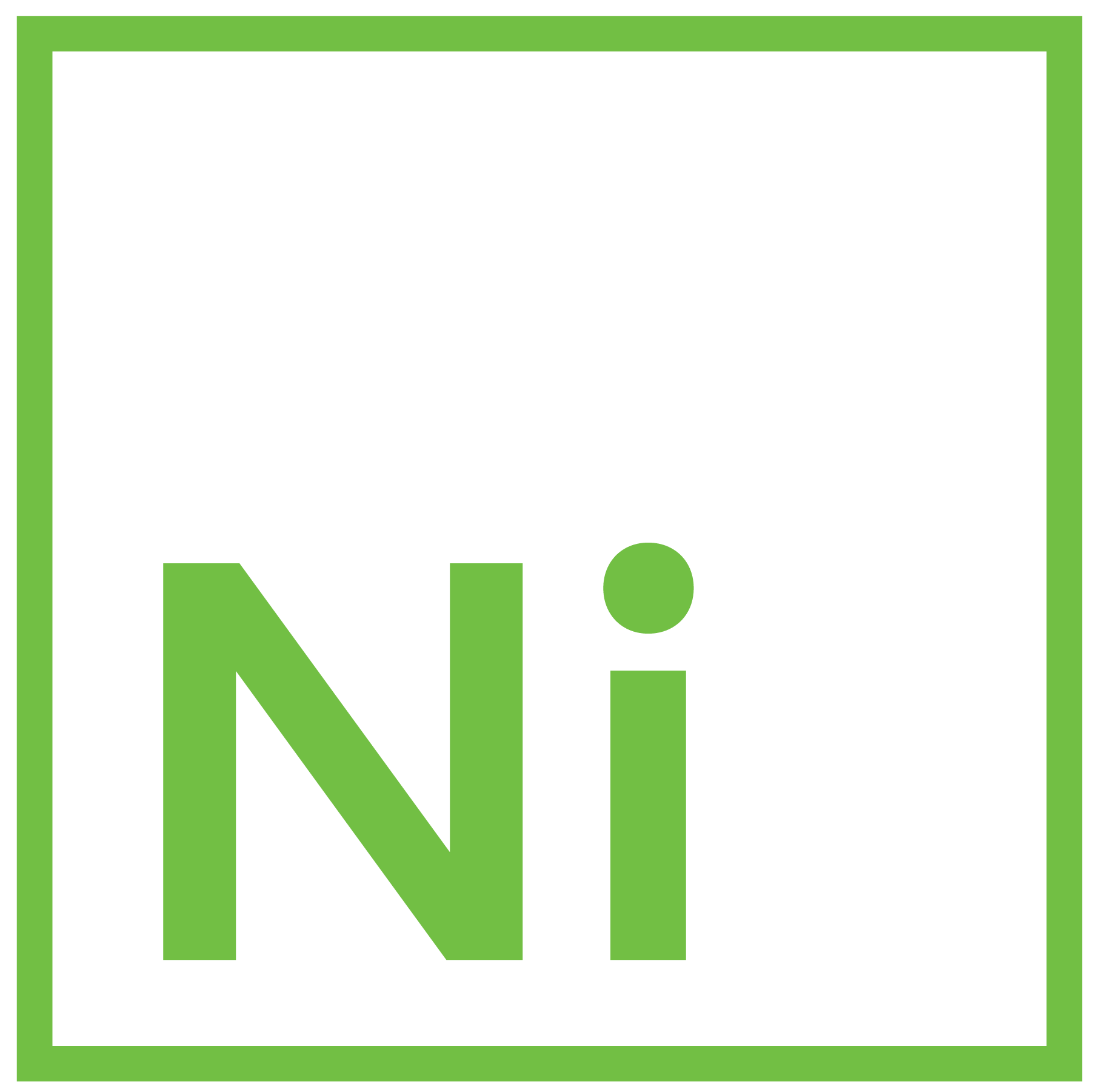
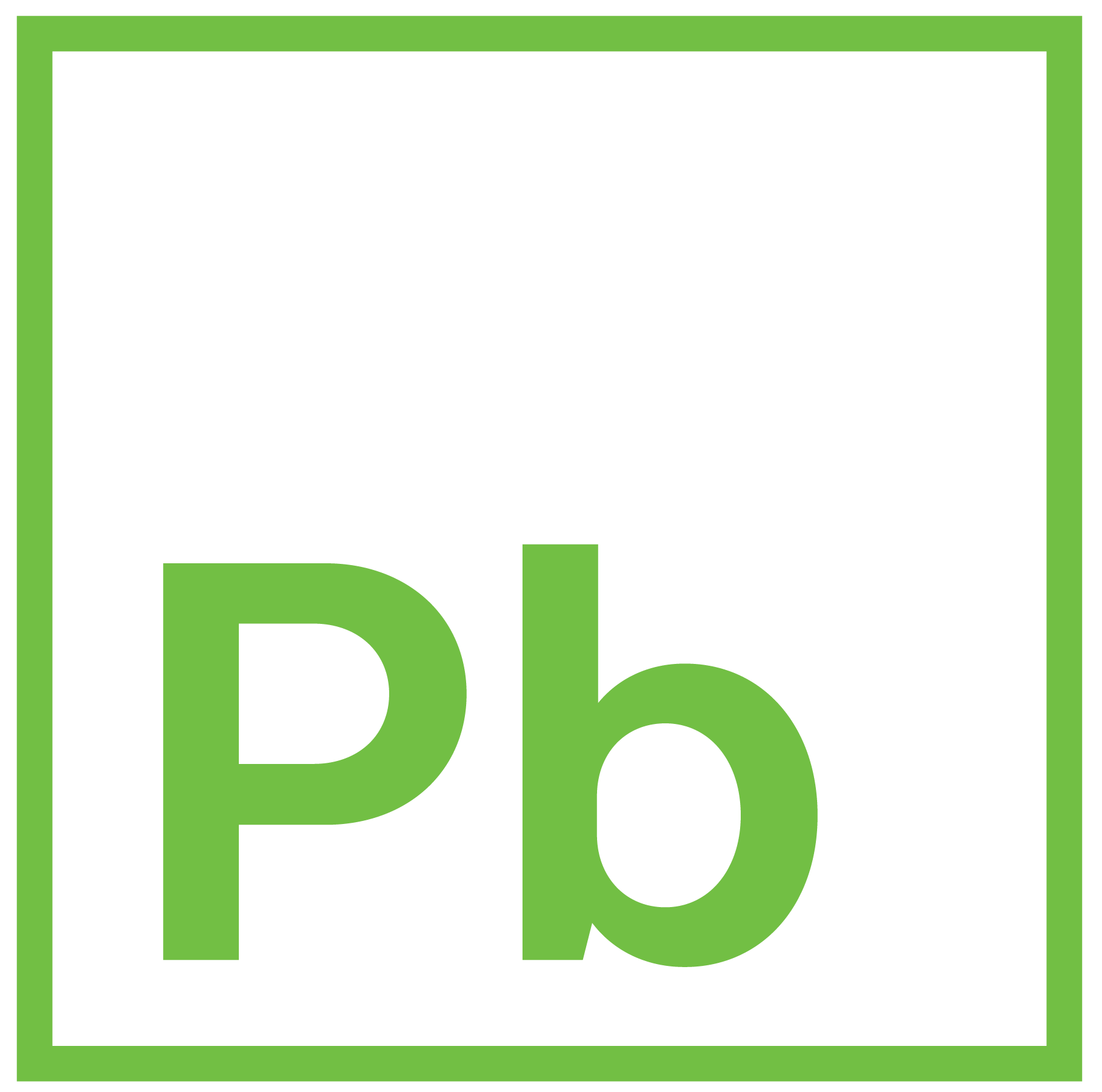
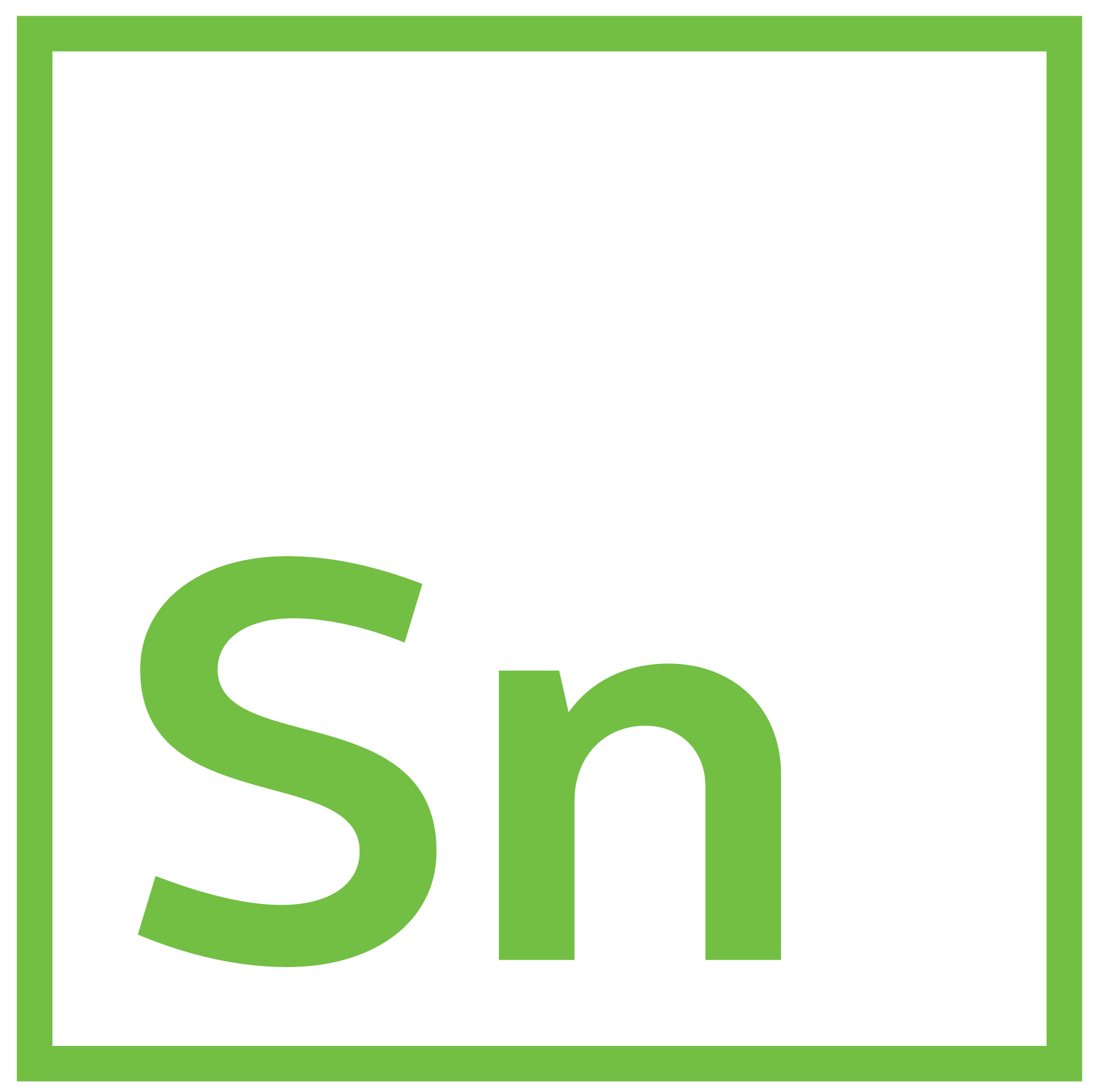
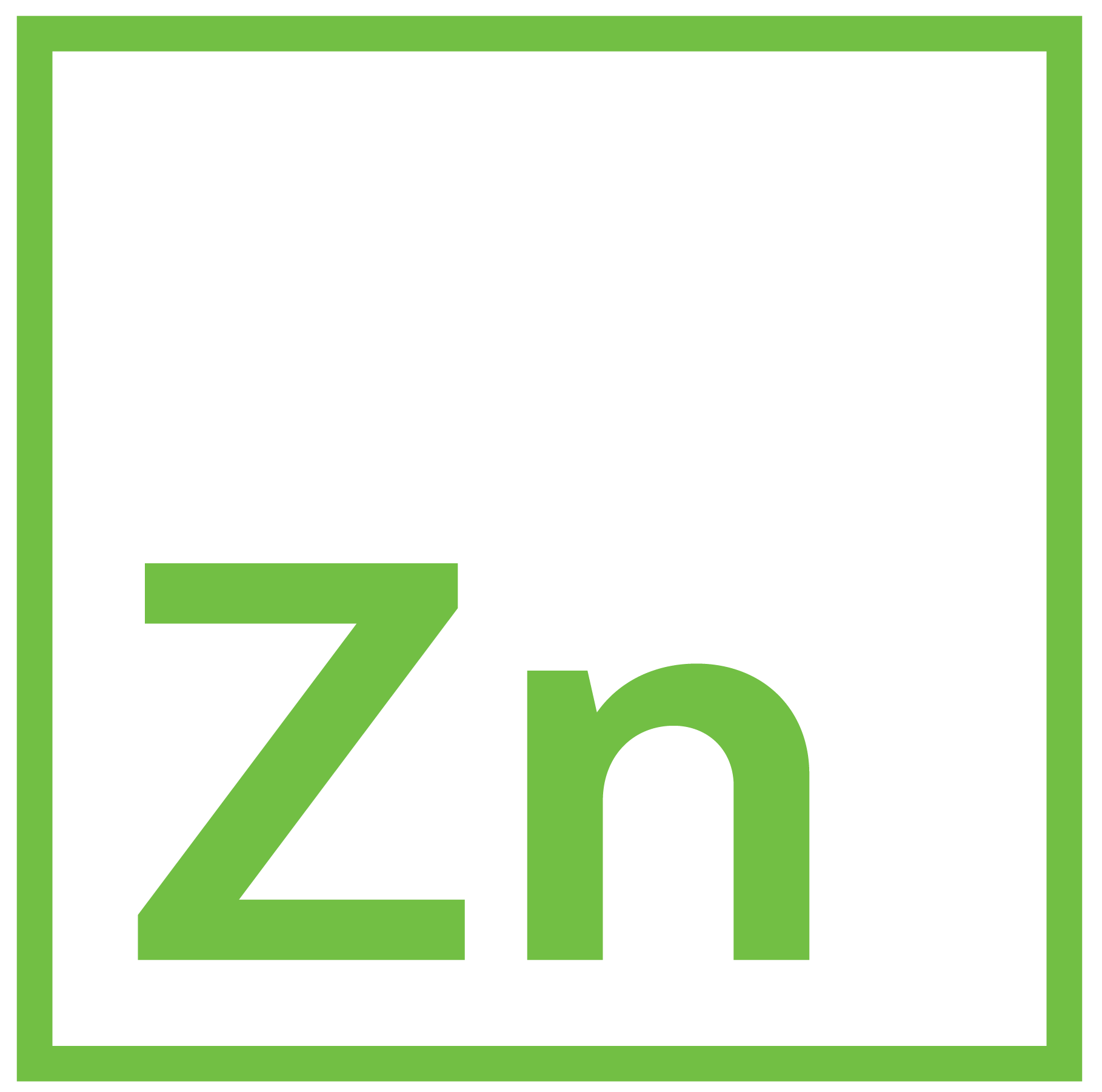
The LME has been working with the global aluminium industry for over 40 years, offering the entire value chain the opportunity to hedge their price risk with contracts for primary aluminium, aluminium alloys, regional premiums, alumina and used beverage cans.
Aluminium and its alloys play a central role in vehicle manufacturing. It is already used in the production of internal combustion engine (ICE) vehicles and demand is set to increase as EV adoption grows. The average amount of aluminium used in electric vehicles can be up to 30% higher than in ICE vehicles because it is lighter than alternative materials such as steel. Reducing the weight of an electric vehicle is crucial for increasing its range – for every 100kg of weight saved, mileage can increase by around 10% and battery costs may reduce by 20%.
Aluminium is often the material of choice for the chassis, bodywork, structural components, like shock towers, internal panels, and housing for motors and batteries.
Wider adoption of EVs combined with the importance of aluminium for “light-weighting” could see the demand for aluminium increase by a third by 2040*.
With our growing contract suite supporting all stages of the aluminium industry, the LME provides stakeholders throughout the EV value chain with the tools to hedge and trade their aluminium price risk.
Find out more at about the LME’s aluminium suite at lme.com/aluminium
*Source: “The energy transition will be built with metals.” October 2020
The LME offers both physical and cash-settled cobalt contracts. Our physically settled cobalt contract launched in 2010, while our cash-settled contact, which settles against Fastmarkets MB’s cobalt price, joined our battery materials offering in 2019. The contracts are designed to allow market participants who have exposure to the cobalt price in their physical contracts to hedge across the cobalt value chain.
Interestingly, cobalt is most often a by-product of either nickel or copper production, with just a small percentage coming from primary cobalt sources.
Cobalt is key for several battery technologies, including nickel-cadmium, nickel-metal hydride and lithium-ion batteries. It is important for increasing the safety, energy density and longevity of batteries, which is crucial for electric vehicles. Around 50% of the cobalt produced globally is used for rechargeable batteries and in recent years, the demand for cobalt for use in lithium-ion batteries has grown significantly.
The most expensive of the battery materials, cobalt’s price has been volatile and susceptible to supply constraints, ethical concerns and moves by some auto manufacturers to seek ways of reducing dependence on cobalt in their batteries. Even so, industry experts forecast that the battery industry will need a further 100,000 tonnes of cobalt by 2025 to meet the projected demand for EVs*.
Find out more about cobalt at the LME by visiting lme.com/minor-metals
*Source: “Benchmark Minerals Intelligence ‘Cobalt’s Price Rises Highlight Shift to Battery-Driven Pricing Dynamics.” November 2020
One of the first metals to trade on the LME in 1877, our copper market remains the largest in the world in terms of recorded volume and open interest – 65% of the global open interest in copper sits within LME Copper positions.
As the EV revolution picks up pace, predicted demand for copper is set to grow by nine to ten times by 2030*. The EV, energy generation and energy storage sectors will need increasing amounts of copper to meet their needs in the coming decades.
The average electric vehicle contains over 80 kilograms of copper – in comparison to around 25 kilograms used in conventional cars – and the red metal is used for both the extensive wiring found in the power transfer system and electrics, and in the battery itself. At the same time, due to its highly conductive nature, copper is used extensively in energy systems generating, storing and delivering the power from solar, wind, hydro and thermal energy sources.
As the world moves towards a more sustainable future, these renewable sources of energy will become critical in achieving climate goals – and copper will be key for this transition.
Find out more about LME Copper, visit lme.com/copper
*Source: “Visual Capitalist, Electric Vehicles Drive up Metals Demand.” February 2021
The LME has a long-standing and close relationship with the steel industry, offering a suite of ferrous contracts which provide steel producers, processors and consumers with innovative and effective risk management tools.
Steel has long been integral to the global car industry and will continue to play a vital role in the EV revolution and the transition to more renewable energy sources. Electrical steel – manufactured with magnetic properties – is used in motors and transformers, and is favoured for its high durability and heat resistance. Exhausts and smaller components are made from stainless steel. Advanced high strength steel is used for battery casings, chassis, bodywork and in structures that protect passengers. Modern forms of steel being used by EV manufacturers are lighter, thinner and stronger than traditional steels, helping to offset the weight of an EV battery while continuing to offer high passenger protection – creating more space for the batteries themselves and increasing range*.
Steel’s uses aren’t only limited to the manufacture of electric vehicles – it is in high demand for use in the charging stations and energy storage systems needed to power the transportation of the future. Steel remains a cost-effective, highly recyclable metal and looks set to play an important role in the global transition to low and zero emission vehicles.
Find out more about our steel contracts at lme.com/ferrous
*Source: “The role of steel in electromobility.” March 2019
Growing demand for lithium for batteries, particularly from the EVs industry, has significantly increased the market need for transparent pricing and effective risk-management tools. We have been working closely with lithium producers, automotive companies, battery manufacturers and a broad range of other market participants to develop a robust lithium contract which will support the rapidly evolving battery materials sector.
The LME’s new cash-settled lithium futures contract – LME Lithium Hydroxide CIF (Fastmarkets MB) – will join our offering for the battery materials industry on 19 July 2021. This battery-grade hydroxide contract will allow stakeholders throughout the lithium supply chain – from the source to the end users – to price their supply contracts effectively and to manage their price exposure.
Find out more about our new lithium contract at lme.com/lithium
Traded on the LME since 1979, the LME’s nickel contract is the global reference price for the nickel industry.
The fifth-most common element on earth, nickel is most often used to make stainless steel, or is alloyed with other metals due to its anti-corrosive and high-temperature resistance properties. It is also a key input in the production of nickel cadmium (NiCd) batteries, nickel metal hydride (NiMH) batteries and more recently in lithium-ion batteries.
Nickel is popular for EVs for its balance of high energy density and storage capacity, which increases vehicle range and performance. The first widely available hybrid electric car, the Toyota Prius, was powered by NiMH batteries. More recently, nickel demand has increased for use in lithium-ion batteries, and as some battery chemistries trend toward a greater quantity of nickel versus other battery materials, the need is likely to grow further still. From 60,000 tonnes in 2018, demand for nickel for EV batteries is projected to grow more than ten times, to around 665,000mt by 2025.*
Find out more about LME Nickel at lme.com/nickel
*Source: “Global demand for nickel in electric vehicle batteries form 2018 to 2015.” February 2021
The LME is the home of global lead trading. Officially launched in 1920, our lead contract has been the natural place for the lead industry to manage their price risk for the last century.
Long-used as the main power store in lead-acid batteries for internal combustion engine (ICE) vehicles, lead still has a role to play for both EVs and the energy storage sectors. Inexpensive, reliable, high-powered and fully recyclable, 12v lead-acid batteries remain the solution in EVs to run systems including interior and exterior lights, air conditioning and windows.
With demand for battery materials such as cobalt and lithium likely to overtake supply in the short to medium term, lead is expected play a more important role in the storage of energy generated by renewable power sources. This in turn will free up more of the lighter, higher power density battery materials to be used in EVs.
Find out more about LME Lead at lme.com/lead
Tin, together with copper, has been traded on the LME since the Exchange was officially established in 1877.
We are all familiar with tin’s use throughout our day-to-day lives: in food packaging, in our portable devices, in electrical appliances and even in glass. But, as the EV revolution and move towards more sustainable energy sources gather pace, tin will have a new and crucial role to play in this new lower-carbon world. It is an essential input for EVs and their batteries, as well as for renewable energy generation, energy storage and the electronics needed to control and distribute that energy.
According to the International Tin Association, tin demand could rise by up to 60,000 tonnes per year for use in EVs and energy storage by 2030.* Research is also looking into the applications of tin alloys in various battery technologies, including lithium-ion and zinc-ion batteries. When alloyed with other metals, tin can help to create more powerful conductive pathways, enhancing battery performance and delivering more efficient power distribution. It can also be used as a protective coating on anodes, improving the stability of the battery.
Find out more about LME Tin at lme.com/tin
*Source: “Tin use in batteries may rise to 60,000T by 2030.” February 2019
Zinc celebrated its 100th year of trading on the LME in 2020.
Most vehicles contain zinc – in die-cast components as a thin protective coating on bodywork, components and weld sites, and even in tyres! It is most often used to galvanise steel, protecting the metal underneath from corrosion – around 60% of all zinc consumed is used for galvanisation.
More stable and fire resistant than other battery materials, research continues into further developing zinc as a battery component. Zinc’s availability and high recyclability make it an increasingly attractive option. In 2020, the demand for zinc for use in batteries was 600 tonnes, but the International Zinc Association (IZA) estimates that this figure could rise to around 77,500 tonnes by 2030*.
While lithium’s high energy density makes it a lightweight option for use within EVs, zinc batteries are more suited to “stationary” uses, particularly as a more affordable option, for example, in energy storage and delivery systems. The IZA predicts that zinc’s share of the stationary battery market could rise from 1% in 2020 to 5% in 2025 to 20% by 2030.
Find out more about LME Zinc at lme.com/zinc
*Source: “Energy storage boom to propel zinc battery demand, industry association says.” March 2021